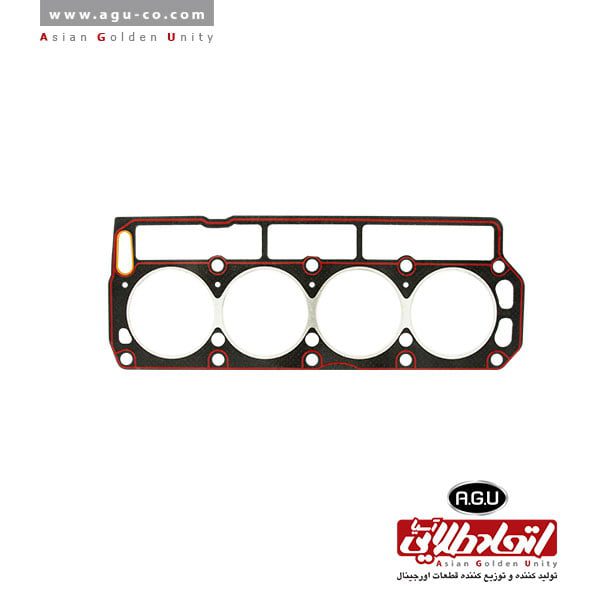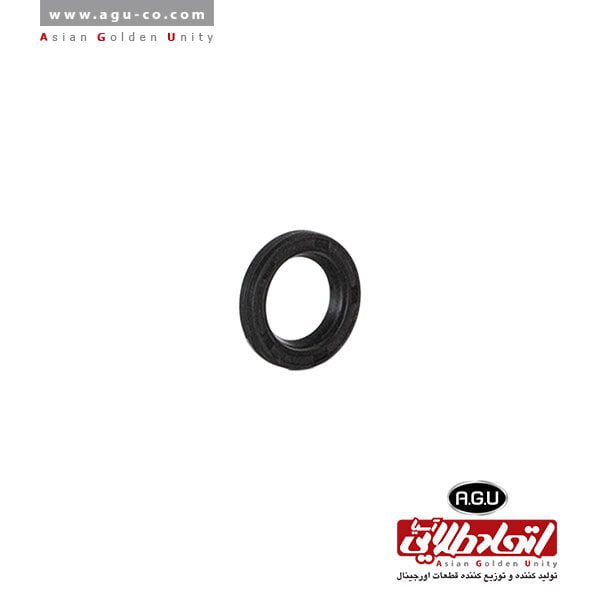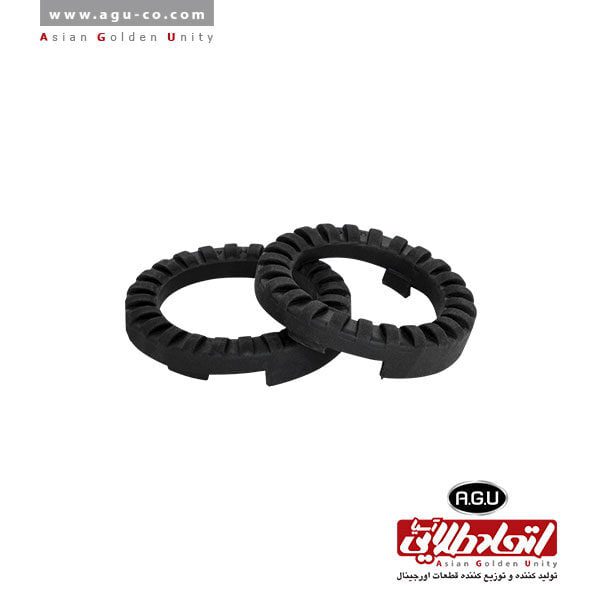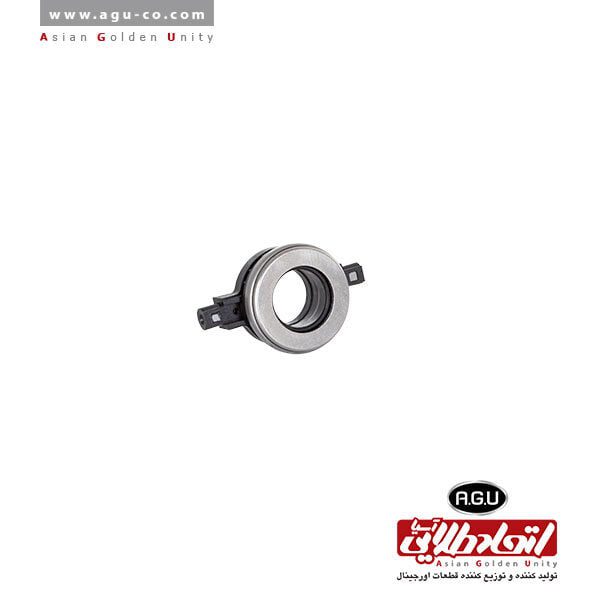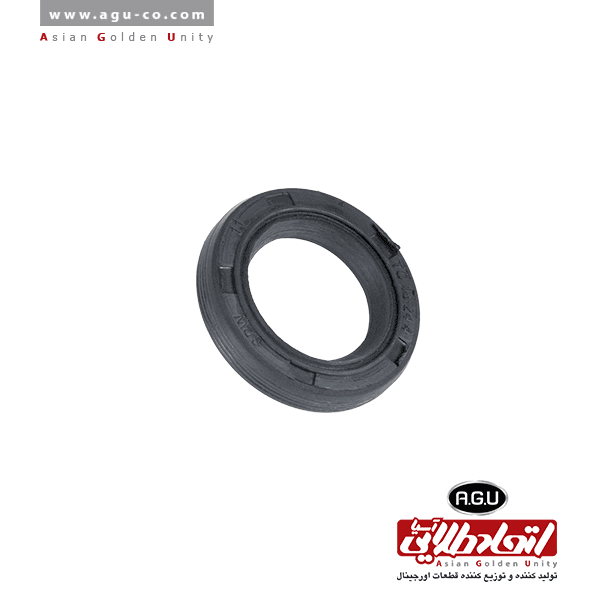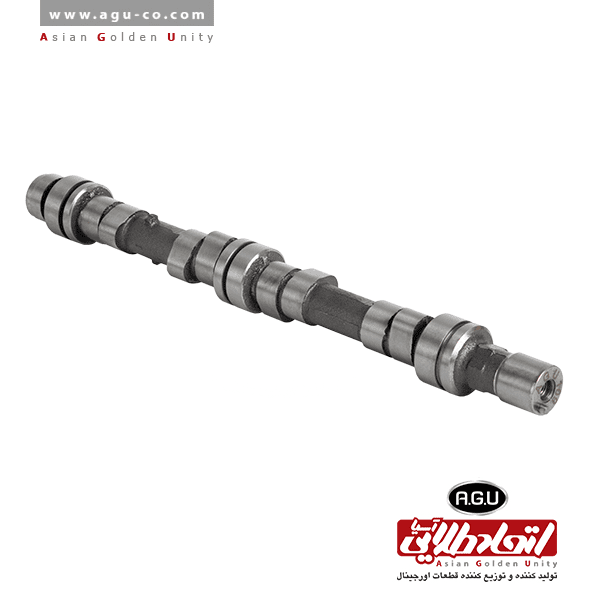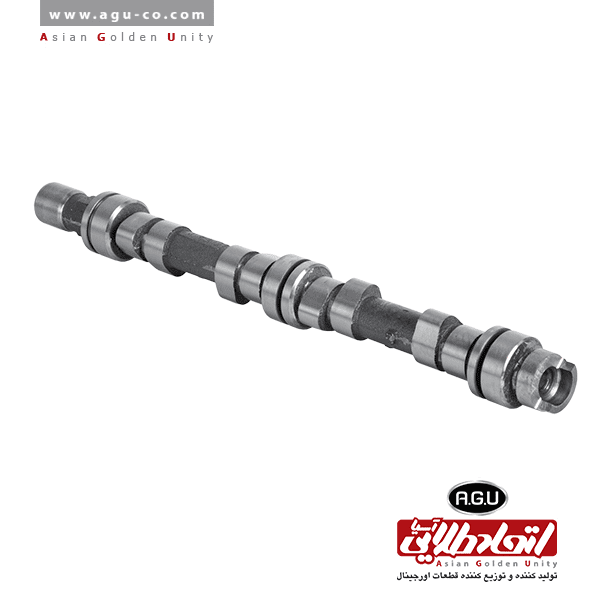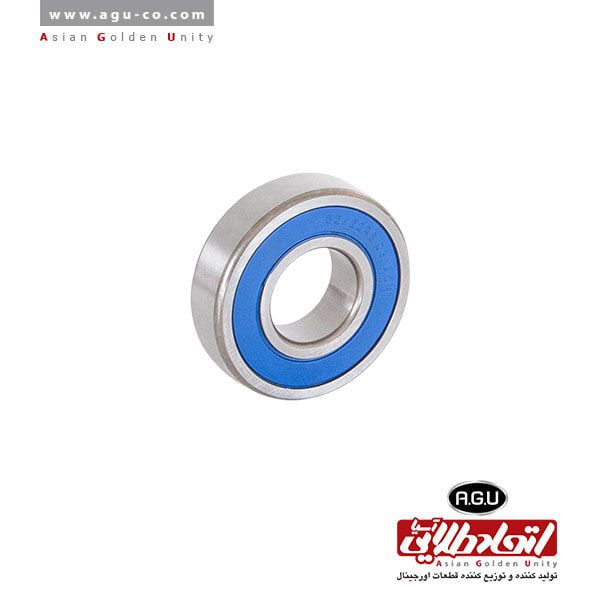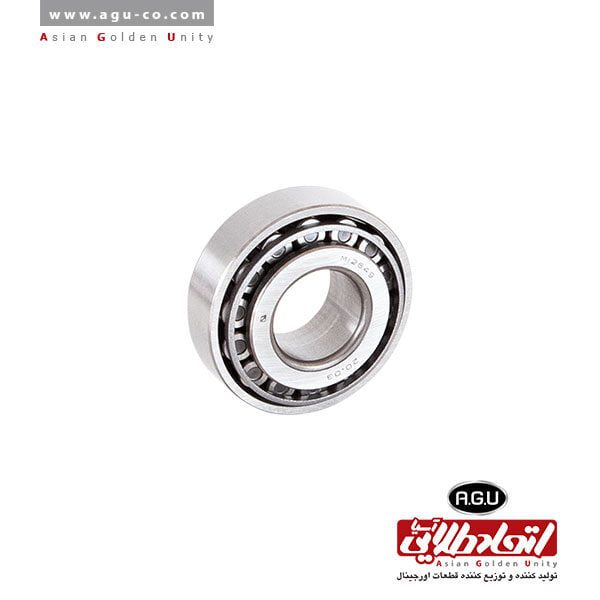Cylinder Head Gasket for Paykan, Thickness 1.5 mm
Quantity per Carton: 50
The upper block of an engine consists of the cylinder head, which, in addition to electrical and mechanical components such as valves, camshaft, and spark plugs, also includes coolant channels for cooling the engine and oil transfer passages from the oil reservoir to the moving parts in the cylinder head. To prevent the leakage of oil, coolant, and combustion gases at the junction where the cylinder head meets the engine block, a cylinder head gasket is used. Additionally, the gasket helps absorb impacts and prevent the welding of these parts due to excessive heat.
Types of Cylinder Head Gaskets:
- Asbestos – Copper
- Asbestos – Steel
- Copper
- Elastomeric
- Multi-layer Steel
- Composite
It is worth noting that the first two types (Asbestos – Copper and Asbestos – Steel) are no longer used today.
The cylinder head gaskets from اتحاد طلایی آسیا are made of metal and heat-resistant composite materials, providing excellent heat resistance.
Reasons for Cylinder Head Gasket Failure:
There are two main categories of reasons for gasket failure:
- Extended Lifespan and Wear: Repeated heating and cooling cycles, water deposits, and the effects of combustion gases over several years of engine operation cause wear and tear on the gasket, eventually leading to its failure. Thus, the end of the gasket’s useful life is a primary reason for its failure.
- Engine Overheating: Excessive engine temperature due to faults or malfunctions in cooling system components, such as the thermostat or radiator, can cause the gasket to fail.
Signs of Cylinder Head Gasket Failure:
- Decrease in Coolant: Frequent reduction in radiator water level is a sign of gasket failure. As the gasket wears out, its sealing capability diminishes, allowing coolant to leak into the combustion chamber and evaporate.
- Decrease in Engine Power: If engine power decreases, it may be due to compression leakage caused by gasket wear. As pistons move upward to compress the air-fuel mixture, worn gaskets may allow the compressed mixture to escape into the coolant passages or out of the engine block, reducing engine power.
- Oil Layer in Radiator: Seeing an oil layer when opening the radiator cap (ensure the engine is cold) is another sign of gasket failure.
- White Smoke from Exhaust: When water enters the cylinder chamber, it evaporates, causing white smoke to come from the exhaust, indicating gasket failure.
- Oil Color Change: If the oil color changes to brown or milky when checking with the dipstick, it indicates gasket failure and water contamination in the oil.
The cylinder head gasket is a crucial and sensitive component. It should be replaced when defective. High quality is essential due to its important function. In this regard, اتحاد طلایی آسیا, leveraging its extensive experience, supplies high-quality automotive parts and accessories across the country.
| vehicle |
|---|

